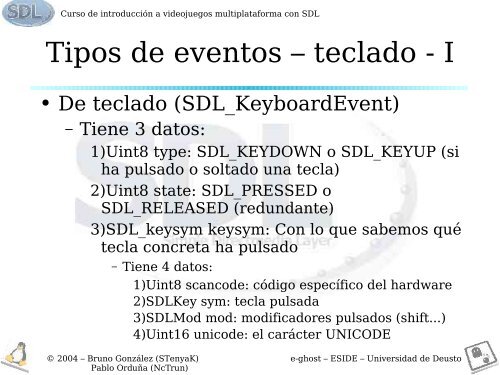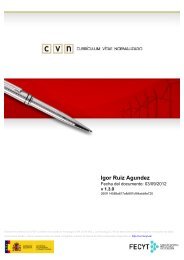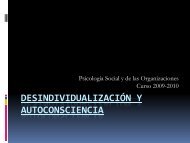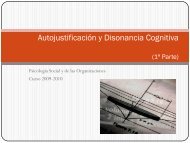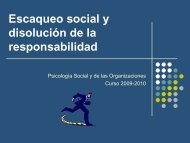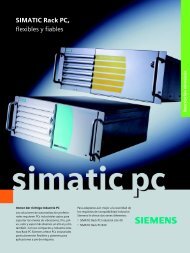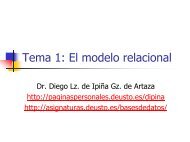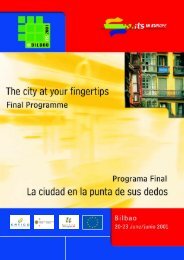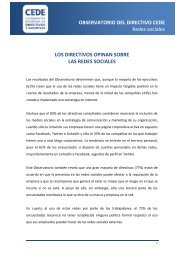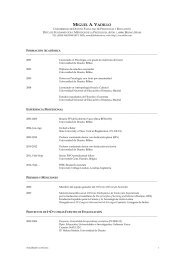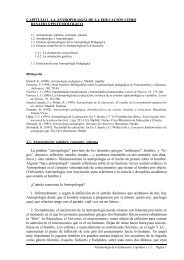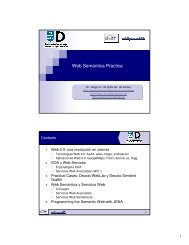Curso de introducción a videojuegos multiplataforma con SDL
Curso de introducción a videojuegos multiplataforma con SDL
Curso de introducción a videojuegos multiplataforma con SDL
You also want an ePaper? Increase the reach of your titles
YUMPU automatically turns print PDFs into web optimized ePapers that Google loves.
<strong>Curso</strong> <strong>de</strong> <strong>introducción</strong> a vi<strong>de</strong>ojuegos <strong>multiplataforma</strong> <strong>con</strong> <strong>SDL</strong><br />
Tipos <strong>de</strong> eventos – teclado - I<br />
● De teclado (<strong>SDL</strong>_KeyboardEvent)<br />
– Tiene 3 datos:<br />
1)Uint8 type: <strong>SDL</strong>_KEYDOWN o <strong>SDL</strong>_KEYUP (si<br />
ha pulsado o soltado una tecla)<br />
2)Uint8 state: <strong>SDL</strong>_PRESSED o<br />
<strong>SDL</strong>_RELEASED (redundante)<br />
3)<strong>SDL</strong>_keysym keysym: Con lo que sabemos qué<br />
tecla <strong>con</strong>creta ha pulsado<br />
– Tiene 4 datos:<br />
© 2004 – Bruno González (STenyaK)<br />
Pablo Orduña (NcTrun)<br />
1)Uint8 scanco<strong>de</strong>: código específico <strong>de</strong>l hardware<br />
2)<strong>SDL</strong>Key sym: tecla pulsada<br />
3)<strong>SDL</strong>Mod mod: modificadores pulsados (shift...)<br />
4)Uint16 unico<strong>de</strong>: el carácter UNICODE<br />
e-ghost – ESIDE – Universidad <strong>de</strong> Deusto


